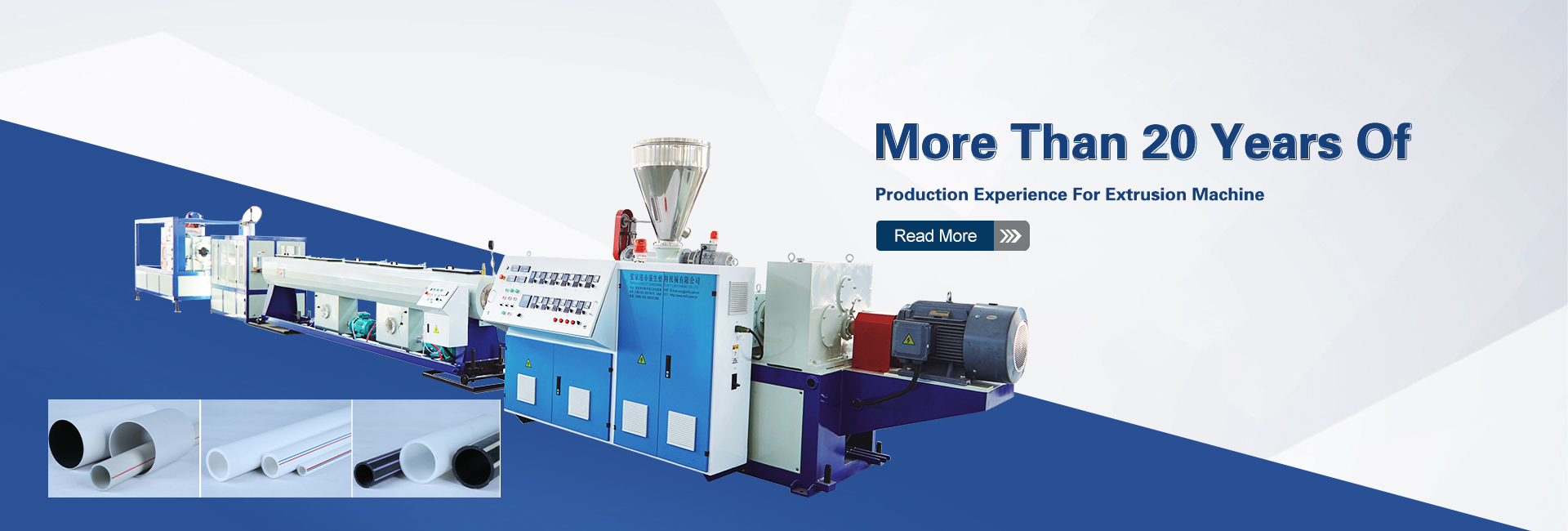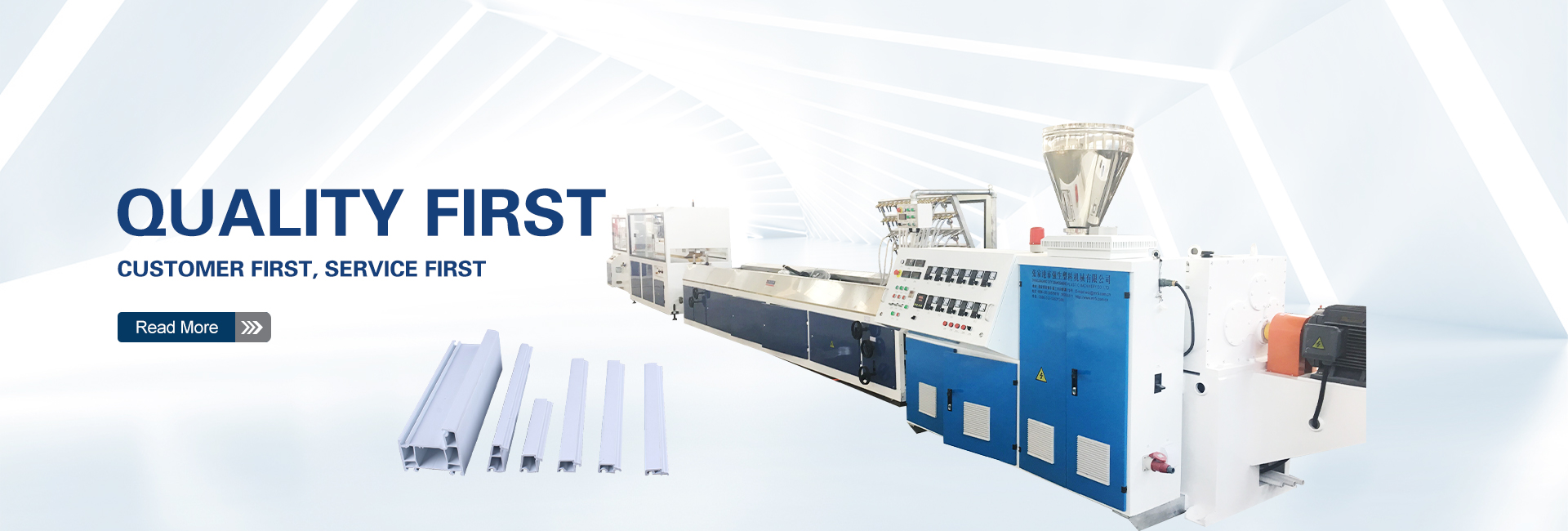Plastic extruders are the workhorses of the plastics industry, transforming raw plastic pellets into a wide variety of shapes and forms. However, even the most robust extruder needs proper maintenance to ensure optimal performance, product quality, and longevity. Here are some essential tips to keep your plastic extruder running smoothly:
Regular Cleaning is Key:
- Routine Cleaning: Regularly clean the hopper, feed throat, screw, barrel, and die to remove any residual plastic buildup. This prevents contamination, improves product quality, and reduces wear on the machine.
- Cleaning Frequency: The cleaning frequency depends on the type of plastic being extruded, production volume, and color changes. Daily or weekly cleaning may be necessary for some applications.
Maintaining Optimal Temperatures:
- Temperature Control: Precise temperature control is crucial for consistent product quality and efficient operation. Regularly calibrate your temperature sensors and ensure proper functioning of the heating and cooling systems.
- Minimize Residence Time: Plastic shouldn’t reside within the extruder for extended periods to prevent thermal degradation. Optimize your screw design and production speed to minimize residence time.
Lubrication Matters:
- Moving Parts: Lubricate moving parts like gearboxes and bearings according to the manufacturer’s recommendations. Proper lubrication reduces friction, wear, and tear, extending the lifespan of these components.
- Avoid Over-Lubrication: Over-lubrication can attract dust and debris, potentially contaminating the plastic product. Use the recommended lubricants and quantities.
Inspection and Maintenance Schedule:
- Routine Inspections: Develop a routine inspection schedule to identify potential problems early on. Look for signs of wear on the screw, barrel, and die, and check for leaks or loose connections.
- Preventative Maintenance: Schedule preventative maintenance tasks for critical components like filters and screens. Replacing worn parts before they fail can prevent costly downtime and production delays.
Record Keeping:
- Maintenance Logs: Maintain detailed logs of all cleaning, lubrication, and maintenance activities performed on the extruder. This information helps track the machine’s health and identify any recurring issues.
Training Matters:
- Operator Training: Ensure your operators are properly trained on extruder maintenance procedures. This empowers them to identify potential problems and perform basic maintenance tasks.
Following these essential tips for plastic extruder maintenance will help you:
- Maximize uptime and production efficiency
- Maintain consistent product quality
- Minimize the risk of breakdowns and costly repairs
- Extend the lifespan of your plastic extruder machine
By implementing a proactive maintenance approach, you can ensure your plastic extruder continues to operate reliably and efficiently for years to come.
Post time: May-30-2024



